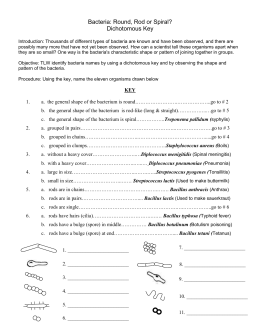

Like MSA, this medium also contains the pH indicator, phenol red. This is a test commonly used when trying to identify Gram-negativeĮnteric bacteria, all of which are glucose fermenters but only The end product of glycolysis, pyruvic acid into gaseous byproducts. To ferment the sugar glucose as well as its ability to convert While Staphylococcus epidermidis is not (right side of left plate). StaphylococcusĪureus is capable of fermenting mannitol (left side of left plate) The media will cause the pH indicator, phenol red, to turn yellow. Of fermentation that will lower the pH of the media. OrganismsĬapable of using mannitol as a food source will produce acidic byproducts The differential ingredient in MSA is the sugar mannitol. High salt agar (plate on the right in the picture below). Streptococcus species, whose growth is selected against by this The MSA will select for organisms such as Staphylococcus species which can live in areas of high salt concentration (plate on the left in the picture below). This type of medium is both selective and differential. Tests used to identify Gram Negative Bacteria We also have a faculty-only Blackboard site where faculty teaching the course exchange ideas and resources useful for transition to virtual instruction.Tests used to identify Gram Positive Bacteria Students’ feedback told us that this go-to resource site was extremely useful. We created a Blackboard course site for students enrolled in this multi-section course where all the resources, such as images and videos covered in the lab course, were available to students asynchronously ( Appendix 3). This helped the faculty to provide students with individualized results. To facilitate the process, we organized Gram stain and metabolic test results into separate PowerPoint files for each bacterium. Implementing our virtual practical exam required a significant time investment by faculty and the course coordinators. It helped relieve some of their anxiety about online learning and made everything run more smoothly for both instructors and students. We also found it was especially important to provide the students with clear instructions early on in the process about how the virtual practical would be conducted. When presenting pictures to students through Blackboard, it was prudent to have a backup plan (e.g., PDFs that can be emailed to students), ready just in case a student’s Internet connection fails or Blackboard is disrupted. We came up with some solutions to conquer the ongoing issue of technical difficulties. In addition, we could not assess students’ technical prowess with the microscope or their ability to perform aseptic technique, grow bacteria aseptically, correctly prepare bacterial smears, and perform a Gram stain. In the virtual lab practical, students missed the valuable experience of handling and culturing bacteria aseptically and performing Gram staining videos of procedures (which we used extensively) do not adequately make up for this loss.

Although it worked well for the most part, there are challenges inherent to online learning that are not an issue with in-person classes.

We implemented the above virtual midterm practical exam during the summer and fall 2020 semesters. Here we describe how we transitioned the in-person Microbiology lab practical of identification of unknown bacteria to a fully virtual format using the resources that we already had in place for our in-person lab course. A web-based virtual bacterial identification process ( 6) also has been described. Most of the literature regarding virtual microbiology instruction is focused on the use of online simulations, used either to enhance learning in an in-person lab or to replace in-person lab exercises ( 3– 5). Identification of unknown bacteria is an integral module in most introductory Microbiology laboratory courses that typically involves identifying bacteria based on the morphology, Gram reaction, and biochemical characteristics of bacteria. This became challenging with the transition to virtual instruction as the pandemic hit the world.

As in most Microbiology lab courses, practical exams are administered to assess students’ abilities to perform the techniques and skills they learned in the laboratory and apply their theoretical knowledge to practical laboratory situations. The Microbiology laboratory class format in QCC’s Department of Biological Sciences and Geology is similar to contemporary course syllabi at many 2- and 4-year schools ( 1, 2). Queensborough Community College (QCC) is an open-enrollment urban community college located in Queens, New York.


 0 kommentar(er)
0 kommentar(er)
